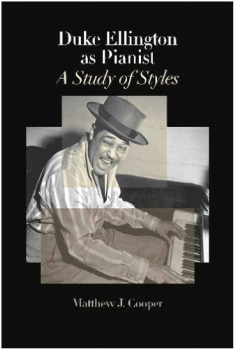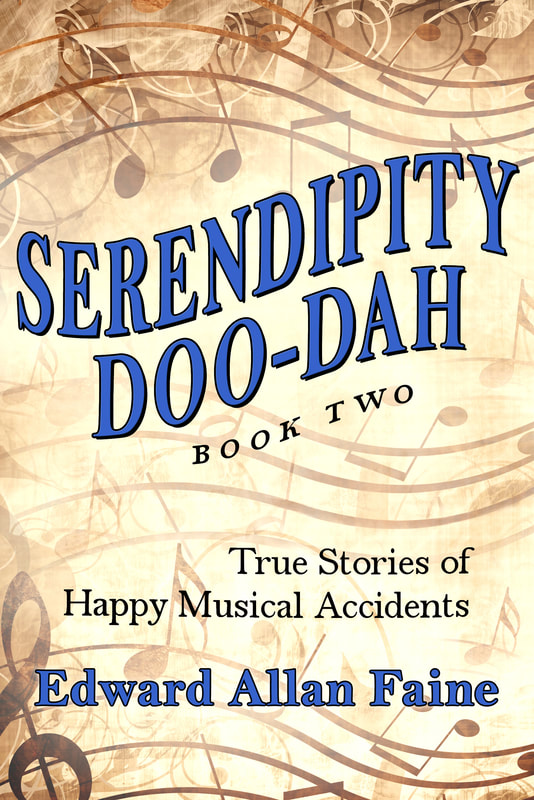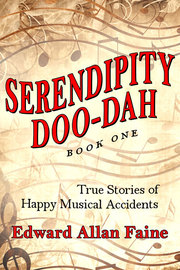But a post-bop modernist? A style we associate with the 1950s and beyond—in the 1940s? Well, maybe. Whitney Balliett had this to say about the maestro’s piano style: He has had a good deal of subtle influence, particularly on pianists Thelonious Monk and Cecil Taylor . . . prodding soloists with disconcerting far-out chords . . . out Monking Monk when the spirit was on him. Cooper confirms that it was Ellington who influenced Monk and Taylor and not the other way around. He cites Duke’s clarinetist Barney Bigard, who recalled hearing “weird chords” from the maestro’s piano as early as 1927, and jazz historian Carl Woideck, who observed that the motive in the right hand on “In a Sentimental Mood” of 1935 is remarkably similar to the opening of Monk’s “Round About Midnight” first recorded in 1947. Duke famously said “Sounds like he’s stealing some of my stuff” after hearing a Monk record for the very first time. Based on his analysis of several Ellington compositions, Cooper reaches the same conclusion: Monk was indeed “stealing some of his stuff” or, said less confrontationally, “could have been thinking along the same lines.” In his final reflection, the author acknowledges jazz critic Len Lyon’s assertion that Duke’s modernist style initiated a percussive strain in the jazz piano legacy that found expression later in the work of Monk, Randy Weston, McCoy Tyner, and Cecil Taylor, although the latter two lacked the maestro’s economy of notes. Taylor has openly acknowledged his debt to Ellington. Yet, as Cooper’s scholarship asserts, at the same time Duke was pioneering modernist piano, he would fall back regularly on his ragtime/stride and swing roots. Coda Duke Ellington as Pianist contains numerous detailed transcriptions accompanied by analytical discourse that is mostly beyond the comprehension of the ordinary unschooled music fan. Nonetheless, these technical details should not deter jazz fans from reading and enjoying the book. The gist of Cooper’s musical argument is always discernible, and the additional historical and biographical information the author provides is—in and of itself—worth the price of the book. Of this I am certain, after the last page of the book has been turned: the reader will not only be rewarded with a better appreciation of the maestro’s keyboard artistry, but will henceforth concentrate a bit more on what the piano player is doing when listening to the Ellington Orchestra. |
|
1 Comment
ken lourie
7/14/2016 08:17:42 pm
How do you know all the stuff?! Amazing.
Reply
Leave a Reply. |
BUY NOWBUY NOW
Most Popular
Music Blogs 2015–2023 Categories
All
Archives
August 2023
|




 RSS Feed
RSS Feed